Report this entry
More from the same community-collection
First Calvary Division Parade - 1923
Downtown parade of the 1st Calvary Division on May 16, 1923. ...
Mac's Place - Downtown El Paso, Texas
Mac's Place located 203 Mills - in the Cortez Building on the ...
Mac's Place - Downtown El Paso, Texas
Mac's Place located 203 Mills - in the Cortez Building on the ...
Mac's Place - Downtown El Paso, Texas
Mac's Place located 203 Mills - in the Cortez Building on the ...
Mac's Place - Downtown El Paso, Texas
Mac's Place located 203 Mills - in the Cortez Building on the ...
Mac's Place - Downtown El Paso, Texas
Mac's Place located 203 Mills - in the Cortez Building on the ...
Mac's Place - Downtown El Paso, Texas
Mac's Place located 203 Mills - in the Cortez Building on the ...
Mac's Place - Downtown El Paso, Texas
Mac's Place located 203 Mills - in the Cortez Building on the ...
Mac's Place - Downtown El Paso, Texas
Mac's Place located 203 Mills - in the Cortez Building on the ...
Mac's Place - Downtown El Paso, Texas
Mac's Place located 203 Mills - in the Cortez Building on the ...
Mac's Place - Downtown El Paso, Texas
Mac's Place located 203 Mills - in the Cortez Building on the ...
Mac's Place - Downtown El Paso, Texas
Mac's Place located 203 Mills - in the Cortez Building on the ...
Mac's Place - Downtown El Paso, Texas
Qian Bush working hard at Mac's Place. Her mother is Gelaine ...
Mac's Place - Downtown El Paso, Texas
Mac's Place located 203 Mills - in the Cortez Building on the ...
Mac's Place - Downtown El Paso, Texas
Mac's Place located 203 Mills - in the Cortez Building on the ...
Mac's Place - Downtown El Paso, Texas
Mac's Place located 203 Mills - in the Cortez Building on the ...
Mac's Place - Downtown El Paso, Texas
Mac's Place located 203 Mills - in the Cortez Building on the ...
Mac's Place - Downtown El Paso, Texas
Mac's Place located 203 Mills - in the Cortez Building on the ...
Mac's Place - Downtown El Paso, Texas
Mac's Place located 203 Mills - in the Cortez Building on the ...
Mac's Place - Downtown El Paso, Texas
Mac's Place located 203 Mills - in the Cortez Building on the ...
Mac's Place - Downtown El Paso, Texas
Mac's Place located 203 Mills - in the Cortez Building on the ...
Mac's Place - Downtown El Paso, Texas
Mac's Place located 203 Mills - in the Cortez Building on the ...





















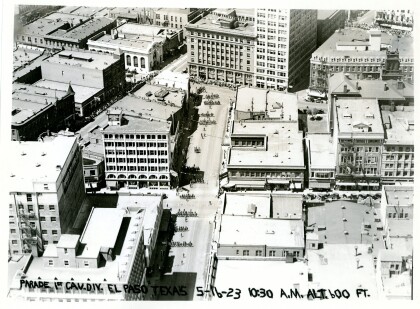
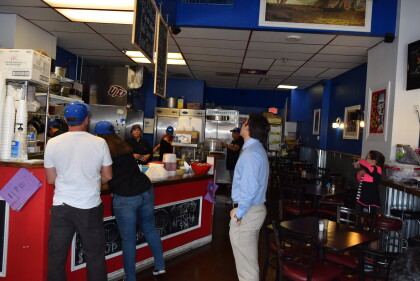
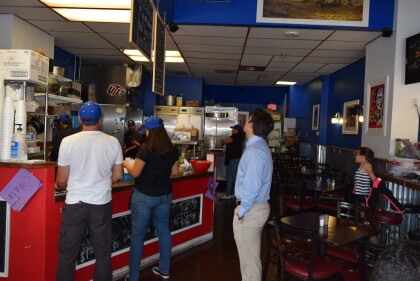
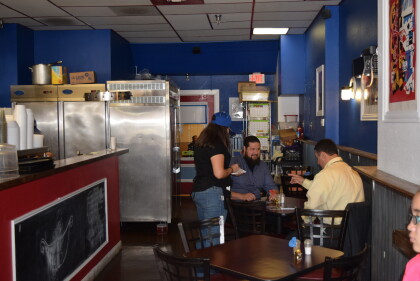
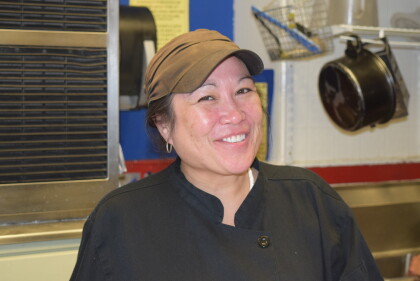
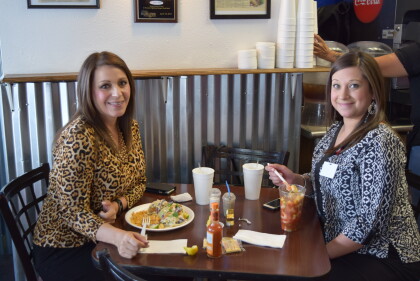
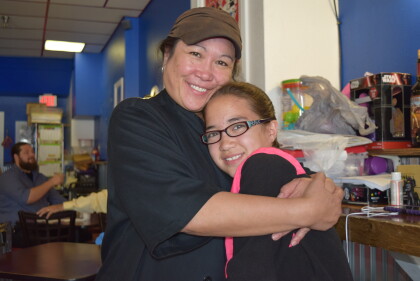
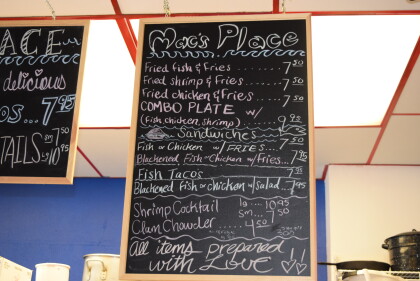
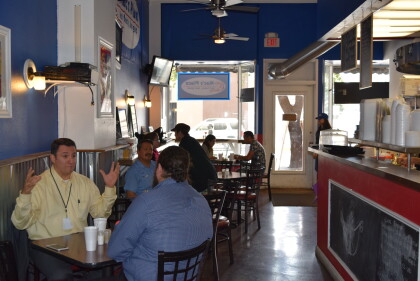
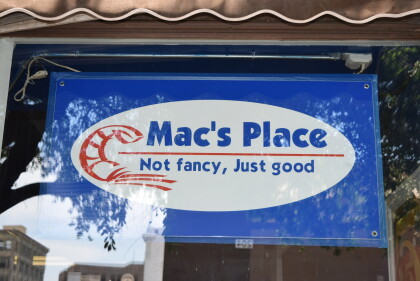
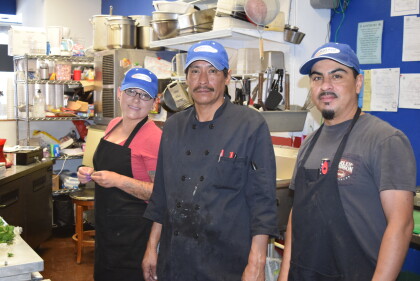
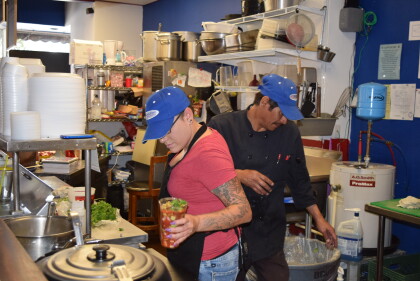
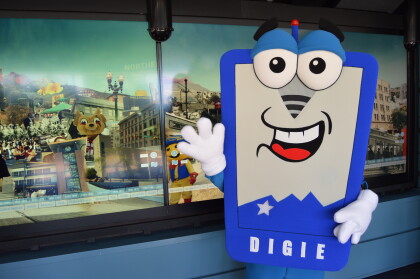
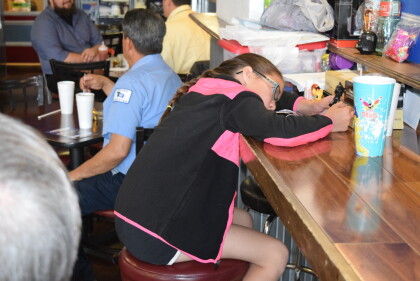
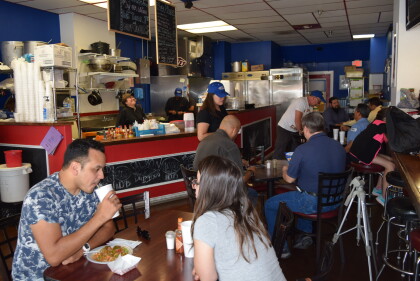
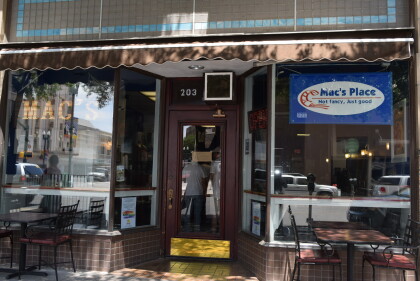
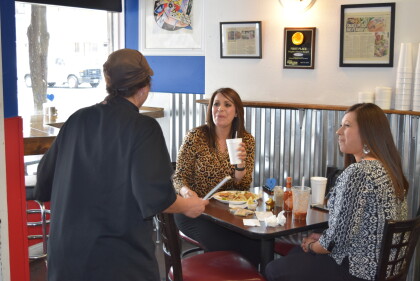
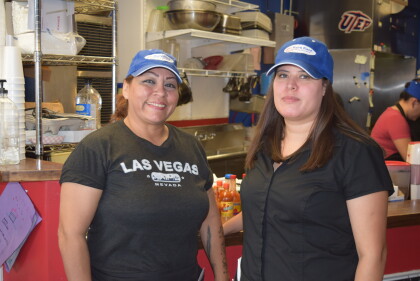
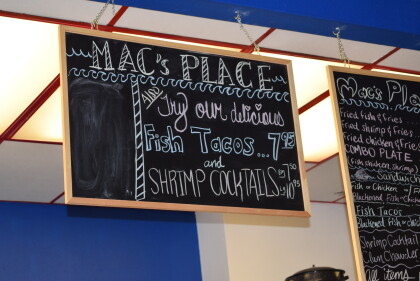
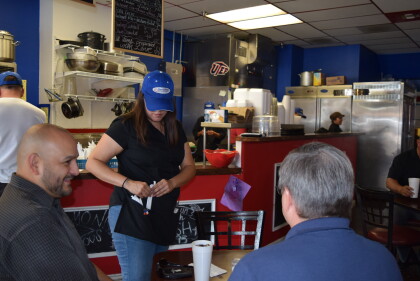
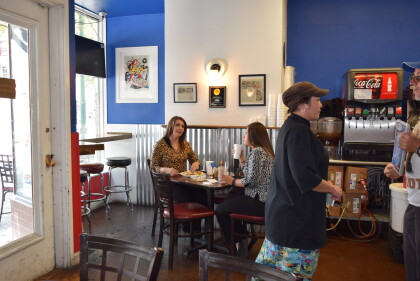
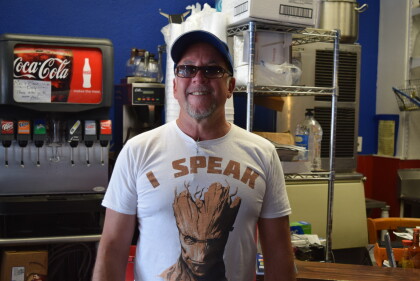
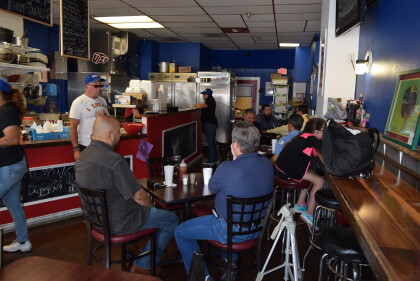
Comments
Add a comment